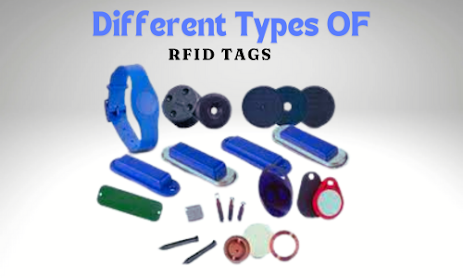How Barcode Readers Work: Understanding the Technology Behind the Scanners
Barcode readers have become ubiquitous in our daily lives, facilitating quick and accurate data capture across various industries. From retail stores to warehouses, these devices streamline operations, improve accuracy, and enhance efficiency. But have you ever wondered how these handy tools work? In this article, we will delve into the technology behind barcode readers and understand the different types available.
The Basics of Barcode Technology
A barcode
is a visual representation of data that a machine can read. Typically, it
consists of a series of parallel lines (bars) and spaces of varying widths.
Each combination of bars and spaces encodes specific information, which a barcode reader can interpret and convert into
digital data.
Types of Barcodes
- 1D Barcodes: These are the traditional,
linear barcodes seen on most retail products. They represent data in a
single line and include popular formats like UPC (Universal Product Code)
and EAN (European Article Number).
- 2D Barcodes: These include patterns of
squares, rectangles, dots, and other shapes. Examples include QR codes and
Data Matrix codes. They can store much more information than 1D barcodes,
including alphanumeric data, URLs, and even images.
How Barcode Readers Work
Barcode
readers function by scanning a barcode and decoding the information encoded
within it. "Here is a confident step-by-step breakdown of the
process.":
- Illumination: The barcode reader emits a
light source, typically a laser or LED, to illuminate the barcode.
- Reflection: The light reflects off the barcode and is captured by a sensor within the reader. The black bars soak up light, while the white spaces bounce it back.
- Conversion: The sensor converts the reflected light into an electrical signal. The intensity of the reflected light varies depending on the pattern of bars and spaces.
- Decoding: The reader's decoder
interprets the electrical signal, converting it into digital data that
corresponds to the barcode's encoded information.
- Transmission: The decoded data is
transmitted to a connected device, such as a computer or point-of-sale
system, where it is processed and used as required.
Types of Barcode Readers
- Laser Scanners: These are the most common
type of barcode readers. They use a laser beam to scan the barcode and are
known for their accuracy and ability to read from a distance. Laser scanners
are ideal for scanning 1D barcodes and are widely used in retail and inventory management.
- CCD Readers: Charge-Coupled Device (CCD)
readers use an array of tiny light sensors lined up in a row. They measure
the ambient light from the barcode and are often used for short-range
scanning. CCD readers are durable and can withstand rough handling, making
them suitable for industrial environments.
- Image Scanners: Also known as camera-based
scanners, these use a camera to capture an image of the barcode. The image
is then processed by software to decode the information. Image scanners
can read both 1D and 2D barcodes and are widely used in
mobile devices and QR code applications.
- Pen-Type Readers: These require the user to
swipe the reader across the barcode. A photodiode measures the reflected
light and converts it into an electrical signal. While not as common
today, pen-type readers are compact and easy to use.
Applications of Barcode Readers
- Retail: Barcode readers are
extensively used at checkout counters to scan product barcodes,
facilitating quick and accurate sales transactions.
- Inventory Management: They help track inventory
levels, manage stock, and streamline the supply chain process by ensuring
accurate data capture and reporting.
- Healthcare: Barcode readers improve
patient safety by ensuring correct medication administration and efficient
tracking of medical supplies.
- Logistics: They enhance logistics
operations by providing real-time tracking of packages and shipments,
reducing errors and improving delivery times.
- Libraries: Barcode readers simplify
the management of book loans and returns, making the process more
efficient and accurate.
Conclusion
Barcode
readers are indispensable tools that simplify and enhance various processes
across industries. By understanding how these devices work and the technology
behind them, businesses can better appreciate their value and ensure they
choose the right type of barcode reader for their specific needs. Whether in the
retail industry, healthcare, or logistics,
barcode readers continue to play a crucial role in improving efficiency and
accuracy, making them essential in our increasingly data-driven world.





Comments
Post a Comment